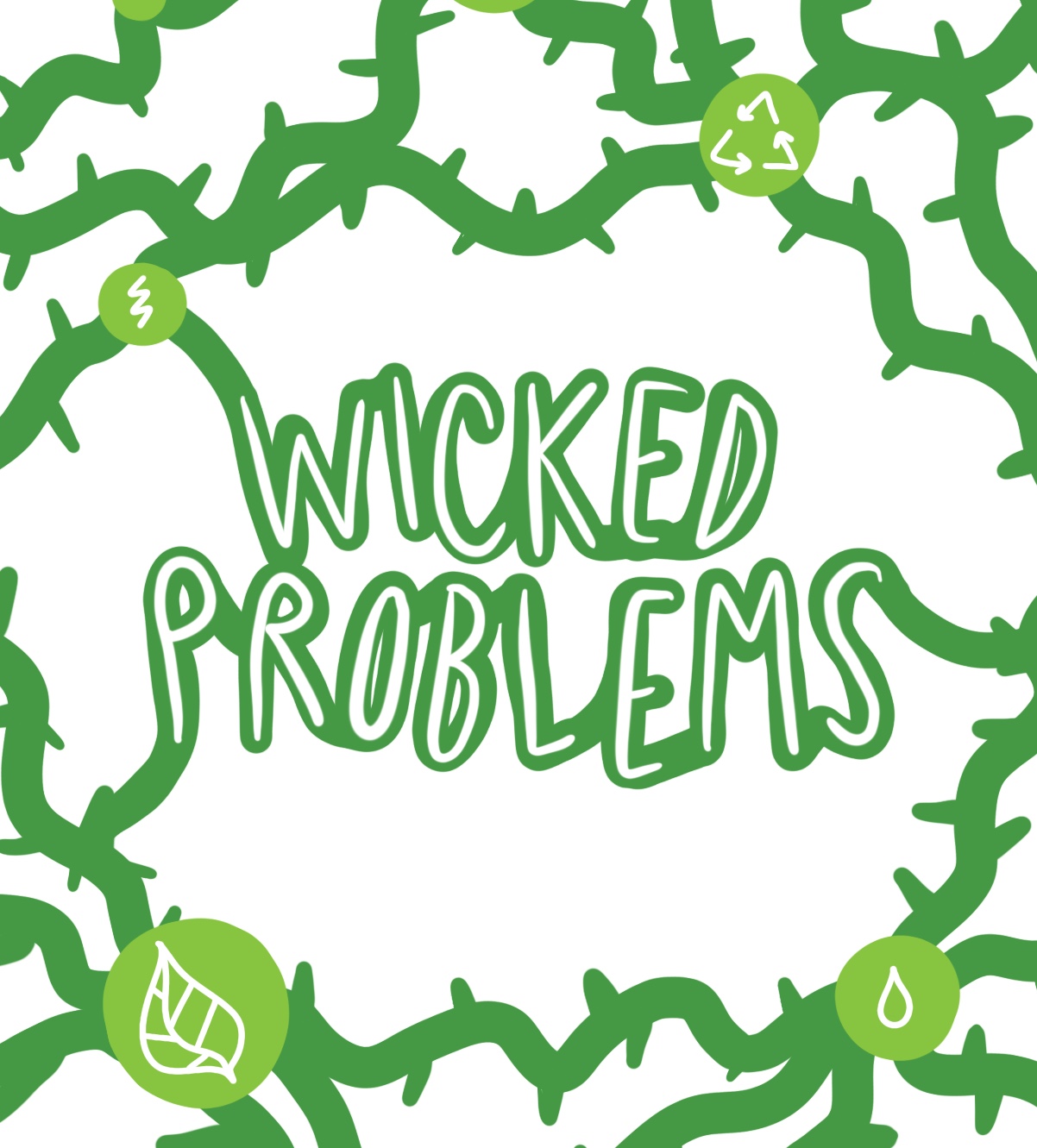1289 total view(s), 301 download(s)
Description
Limnology is the study of lakes. As such, it is an interdisciplinary field that includes disciplines such as: geology, physics, chemistry, biology, ecology and even the social sciences, such as environmental studies, economics and sociology. This requires that students are able to collect data and interpret parameters in each of these disciplines in order to determine the basic features of water quality. We scaffold both topics and technical skills as we wind our way through the disciplines and learn to use equipment. Initial projects often require collecting physical, biological and chemical parameters in known reaches of a river, where the environmental issues have already been identified at each site. After learning some basic diagnostics, students select a lake to assess and contact lake managers to discuss environmental concerns with their lake. As the class continues, specific parameters are collected in the field, organized in class, graphed and interpreted; then the exercise is applied to the data from their lake assessment project. Students use eco-informatics to identify appropriate datasets, wrestle to decipher the useful and relevant data, then struggle to present the information and understand what it means. In Limnology, students struggle with graph interpretation, spreadsheet and graphing skills and determining how to work with large amounts of data. Limnology is an example of a “PEAK” integrative learning experience at Concordia College, which involve students to have experiences outside the classroom, wrestle with complex situations, discover unscripted problems, recognize their skill-learning, and create a meaningful interdisciplinary response to the water quality issues for their lake.
Notes
This version includes the poster file
Cite this work
Researchers should cite this work as follows:
- Michelle Marko (2018). Using Data in Limnology. Wicked Problems: Investigating real world problems in the biology classroom (SW 2018), (Version 2.0). QUBES Educational Resources. doi:10.25334/Q4C705
